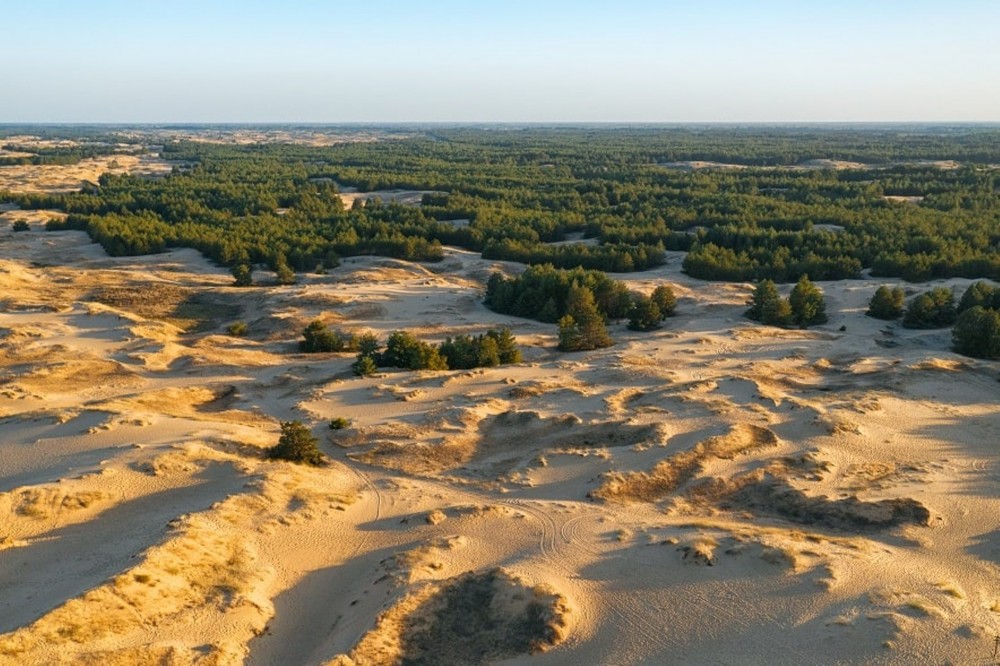
This article is dedicated to the history of the annalistic Oleshshia, a relative of modern-day Kherson in a sense. The authors conducted a comprehensive analysis of the city’s history using historical, geographical, political, and social perspectives. The article is based on a methodical and critical evaluation of all established historical sources. Special emphasis was placed on the interrelationship of material, including archaeological and literary sources. The writers connect the medieval chronicles of Oleshshia with the history of the Dnipro River trade route (commonly known as the “Route from the Varangians to the Greeks”), which played a crucial part in the formation of Ancient Rus’. This trade route was a medieval precursor to the modern-day Trimarium, which connects the Black Sea, the Baltic Sea, and the Mediterranean Sea, demonstrating once more the historical significance of Ukraine’s European route. Historically, the city served as a gateway to Crimea, the Sea of Azov, and the Caspian Sea (across the Don), as well as Asia. During the time of the Ancient Rus, the interplay between the axial and nomadic populations, the Scandinavian Slovene, and the Turks largely impacted the history of Ukraine. And in this regard, the history of Oleshshia is both a factor and a result of this relationship. This essay was written before the full-scale Russian invasion, which began on February 24, 2022, and before Russian troops occupied Kherson.
Source: Vodotyka, S., Savenok , L. (2022). Middle-aged Oleshshia in the history of Ukraine. City: History, Culture, Society. 14: 19–40
Source web-site: http://mics.org.ua/journal/index.php/mics/article/view/215/212
Number of views: 1321